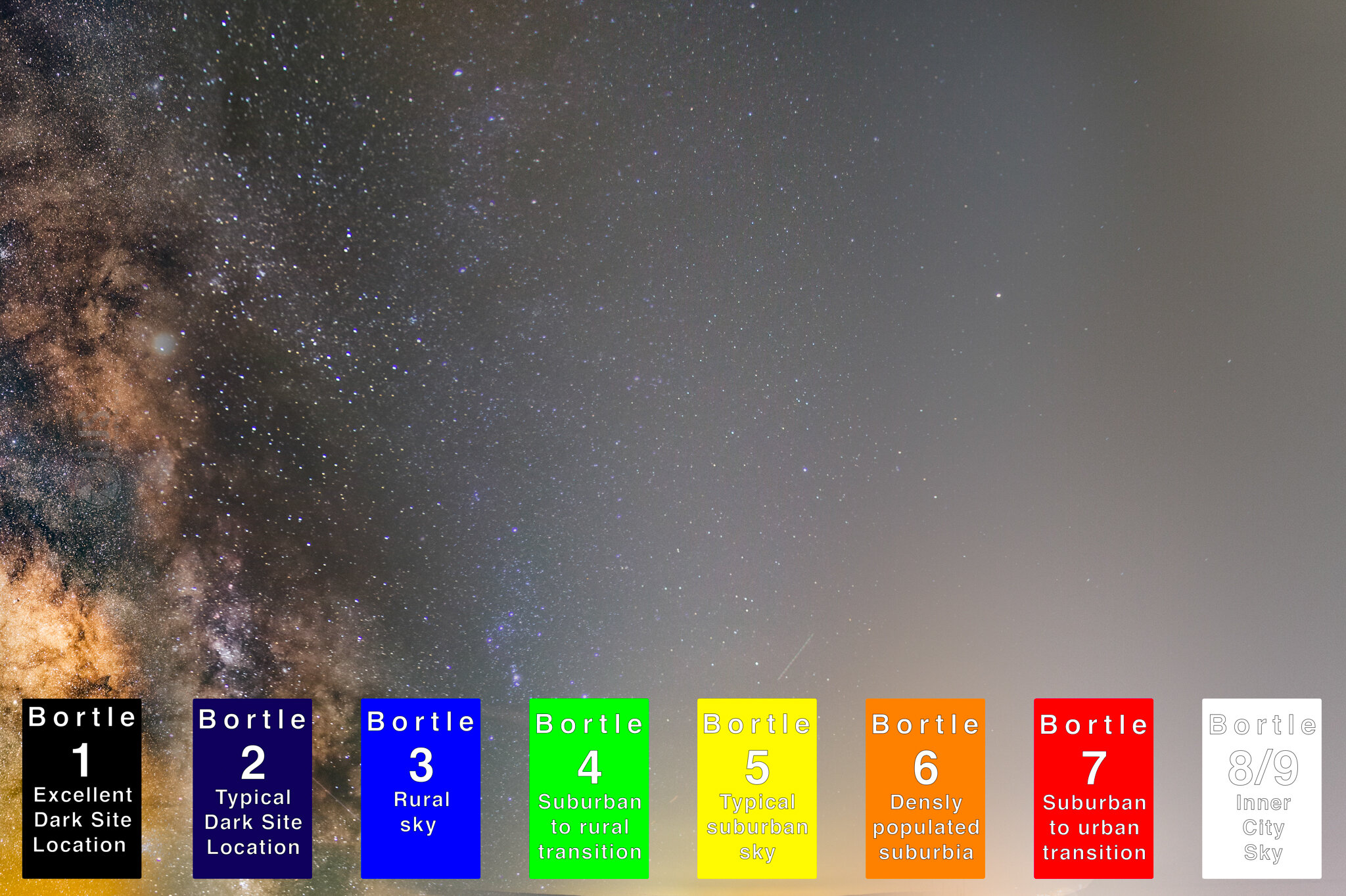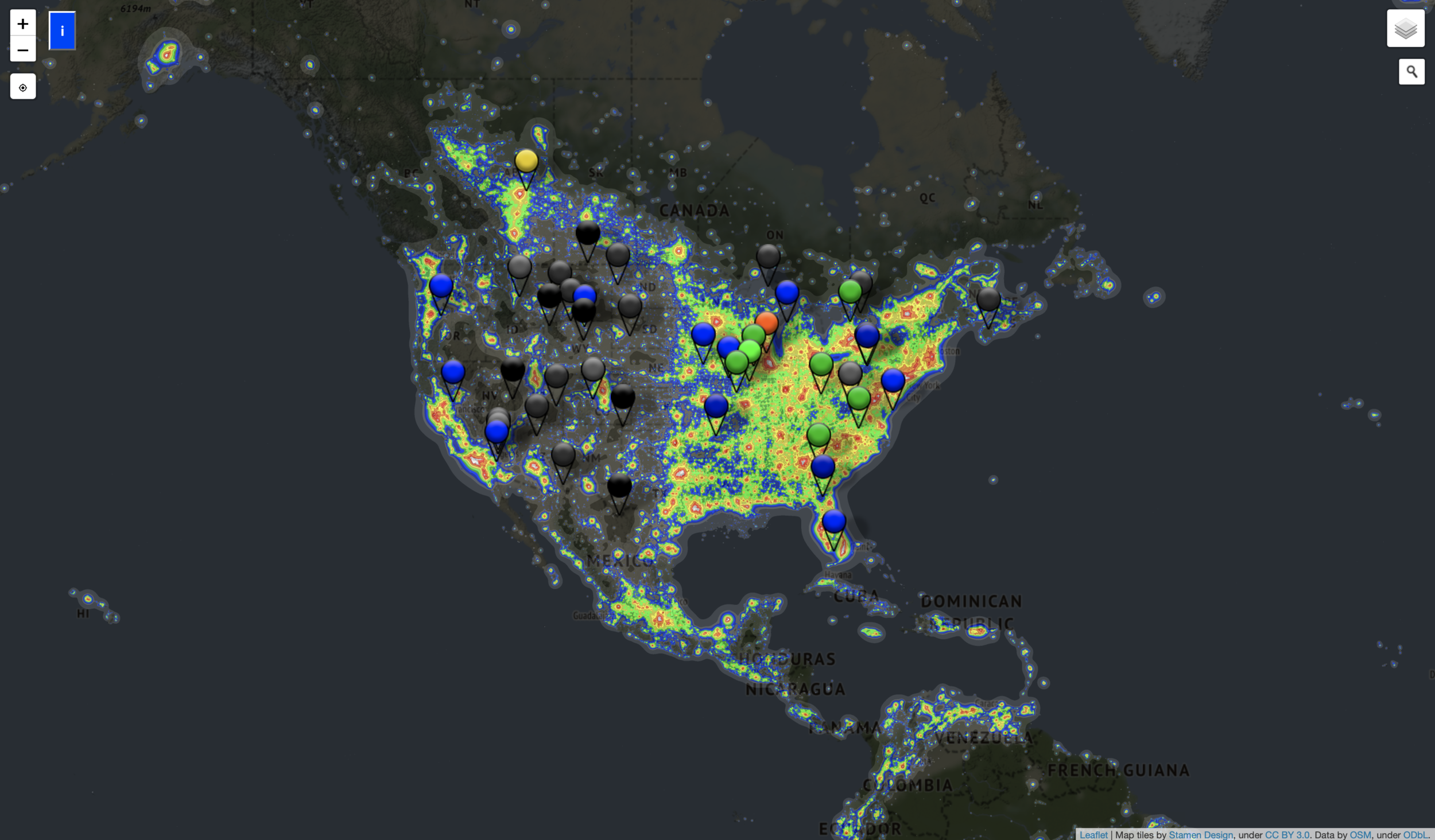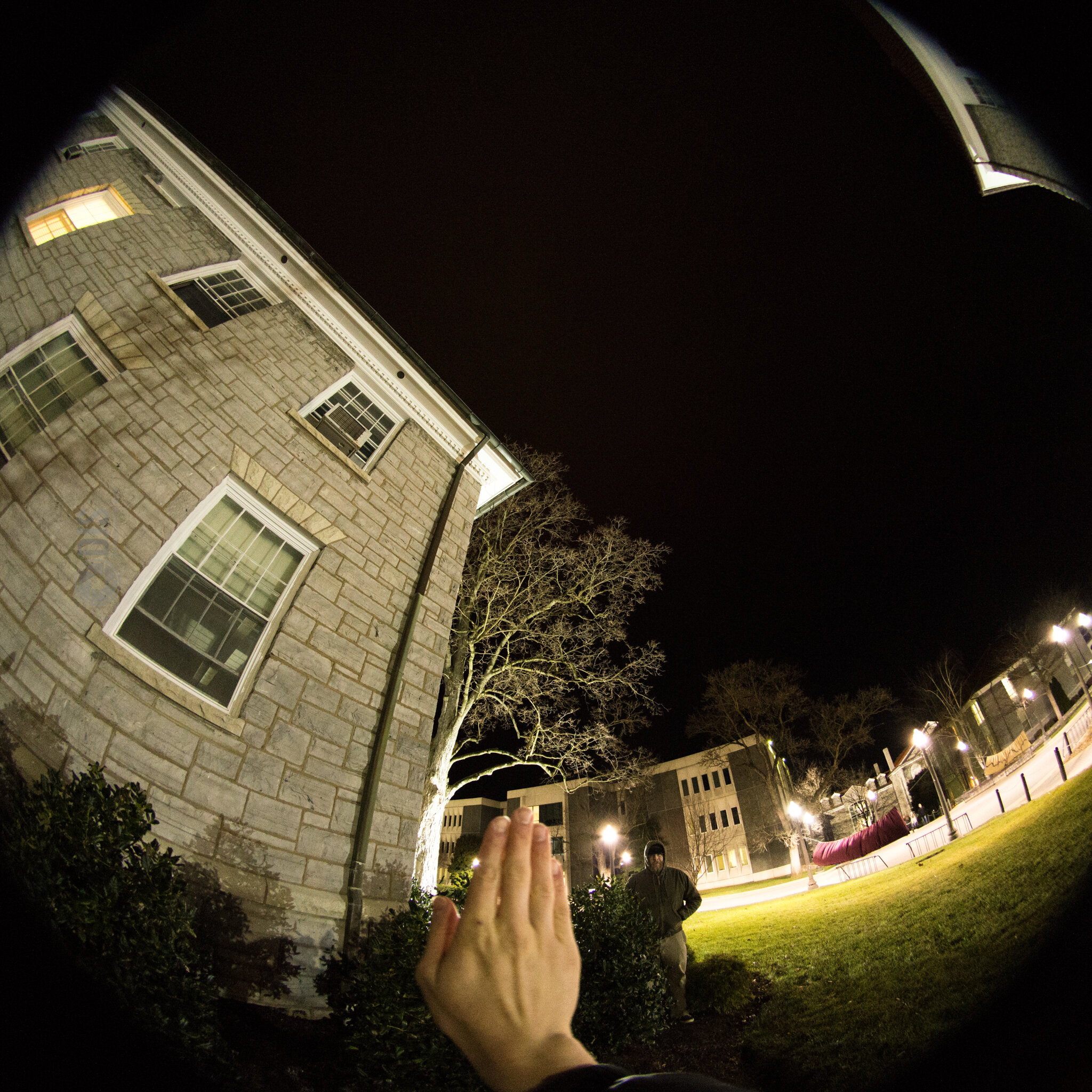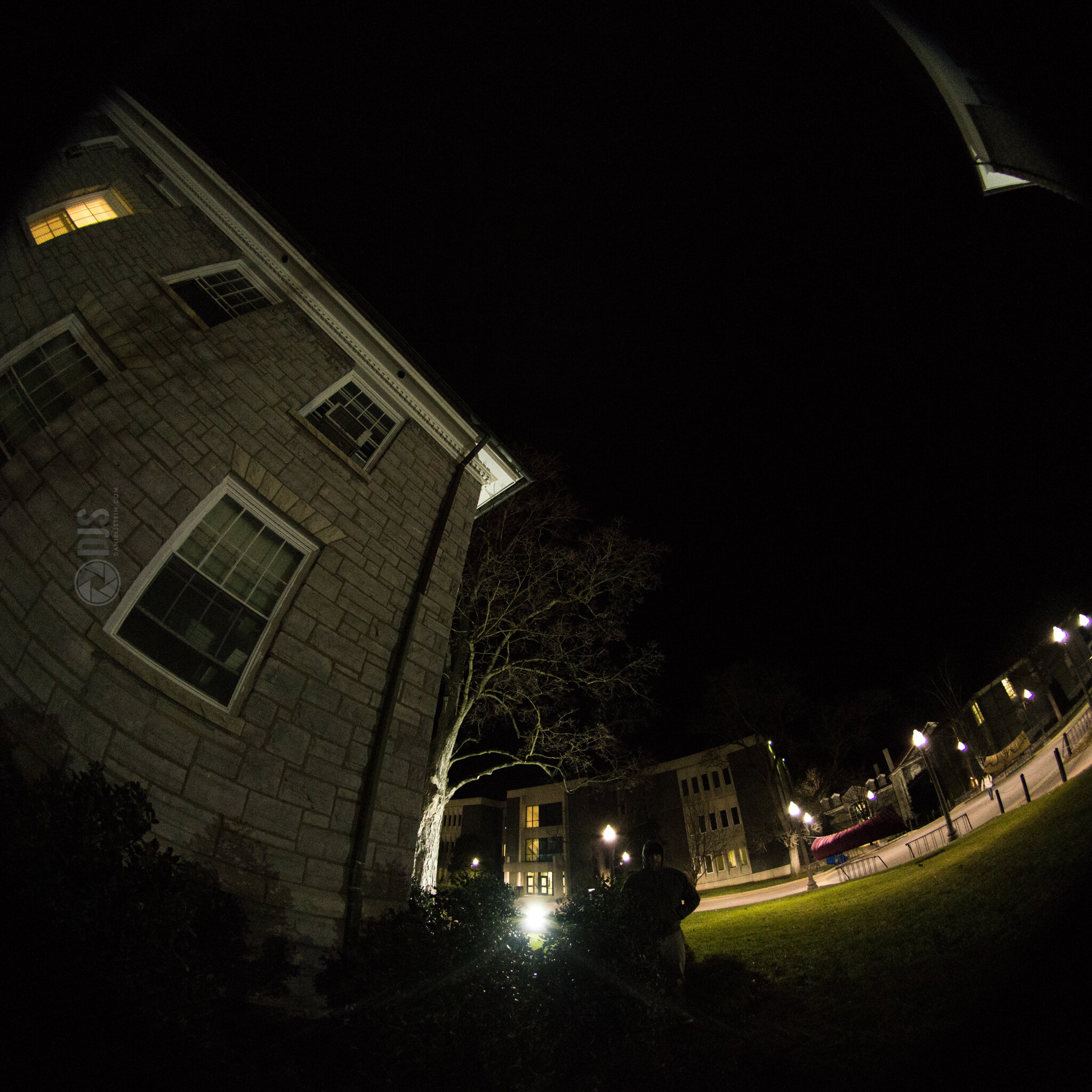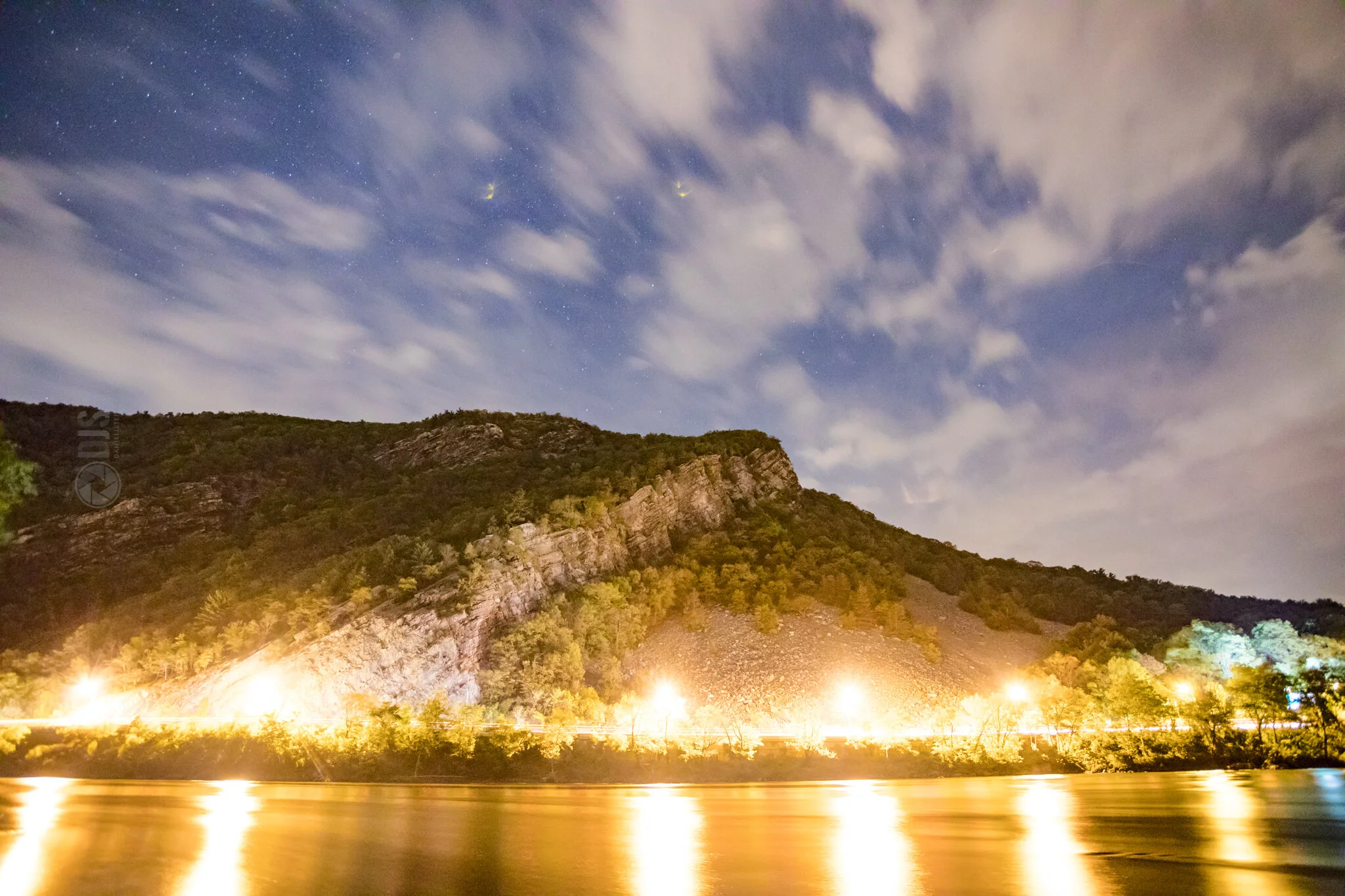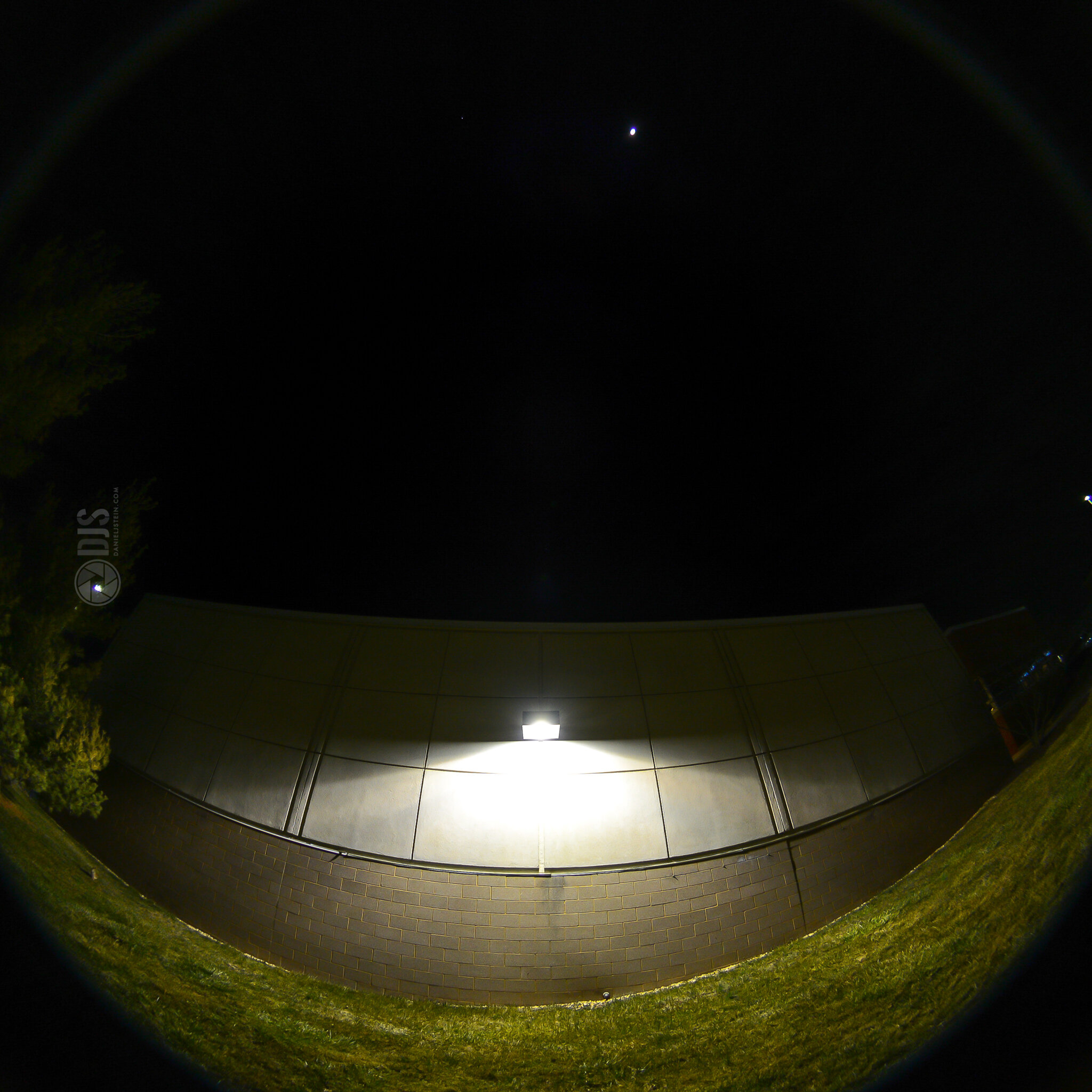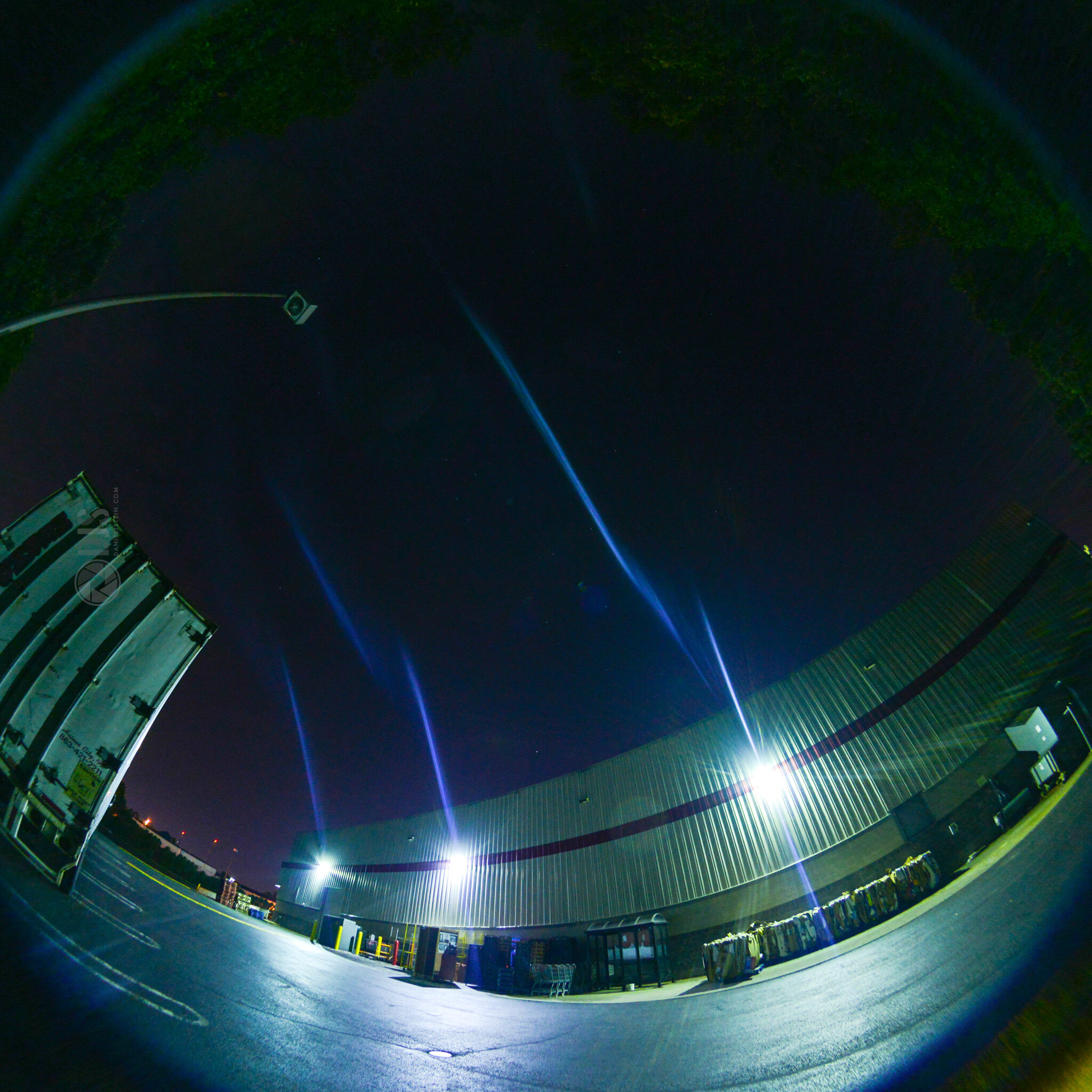Light Pollution. It is not Just About Seeing the Stars. It is an Environmental and Health Concern.
Light Pollution. The overuse and misuse of artificial light at night. The term is widely used amongst the astronomy community, but how exactly does it effect us as a species as our home we call planet Earth?
This post is going to be the first of many on this blog—where I share my opinions and facts on certain ethical topics, such as this as well as climate change, hiking etiquette, and whatnot. There will also be more gear and technique related stuff too, such as what lens or tripod to buy, etc. For how-to guides, those can be found on my tutorials page.
Back to light pollution… I am going to focus on few reasons why awareness of this topic is critical, as well as some common misconceptions. I will of course top it off with ways you can help mitigate this issue even in your own home. I dive even deeper on the topic in my very own photo book on light pollution, which is available for purchase here.
How is light pollution measured?
Astronomers use something called the Bortle Scale which quantifies data to achieve a figure which shows how bright or dark a certain area is. The scale operates from 0-9 with 0 being the darkest sky you can possibly ever have, where 9 would represent a city center. Below is an image I pieced together which represents each value.
99% of the USA lives in an area where they cannot see the Milky Way.
Take a look at the below map. It provides a visual layout of how intense light pollution is from brightest to darkest. It uses the Bortle Scale discussed above to determine this value. Click on the map to find your city.
Why is this important?
Astronomers use celestial bodies to further understand our universe. In order to progress as a population, we need to study our night sky, which many scientists know as a fundamental source of unlimited information. Today’s technology would be nothing without history’s astronomers and navigators who understood our galaxy and used it to further our intelligence.
Light pollution is a major health concern.
It has been linked to breast cancer in women and prostate cancer in men. Additionally, as LED's become more commonplace and brighter, more blue shifted lights are used—the circadian rhythms which allow us to fall asleep have been greatly impacted. Studies show light pollution leads to poor or disrupted sleep cycles.
It effects the wildlife.
Baby sea turtles use the glimmer from the ocean to find their way into their new home. The lights on the shores of beaches have caused a major disturbance in allowing these creatures to find their way. Additionally, birds crash into buildings during flight as they become blinded by unshielded fixtures down below.
It is a huge waste of resources.
In a time where focusing on climate change and human impact of the world is more critical than ever, it is important to understand just how wasteful lighting up the night sky is. We do not need every single light of every single town on all night. It simply wastes tons of energy.
An estimated 15 million tons of carbon dioxide are emitted per year in unnecessary residential lighting. Using data from 2011, that would be an equivalent of 3 million cars per year, though that number is likely inflated. In order to offset our consumption, approximately 600 million trees would need to be planted…. Per year.
Pictured above is Bridgeforth Stadium at James Madison University juxtaposed by the university’s own power plant in the foreground. I often walked past this site when heading to my dorm freshman year of college. This picture was taken at 10:00pm, when no one was practicing football—and yet, every single light remains on, and will remain on for most the night, for multiple nights per week.
More light does not make us safer.
This is perhaps the most common misconception on lighting. More light does not make us safer, rather it just gives a false sense of security. In fact, improper shielding can actually cause shadows allowing perpetrators to take advantage of hiding spots which you cannot see.
Take a look at the below example. Slide to find the perp.
Additionally, a 2015 study by the Journal of Epidemiology and Community Health concluded that street lights are almost entirely ineffective at preventing motor-related collisions, regardless of brightness or color temperature of the bulb used.
Poorly shielded streetlights. How many times have you driven along only to find these actually hinder your vision of the road—especially when it is raining?
So what can YOU do to help?
Mitigating light pollution begins with how you use lights in your home. Start by turning off lights when they are not in use. House or apartment lights which direct light in all directions including up can be replaced or retrofitted with shielding to allow light to be directed downward where it is needed. We can also use motion sensors and timers to only turn on lights when it is required.
Move the slider to see an example of a fully shielded fixture versus one without shielding. Notice the difference?!!
Using warmer bulbs also make a huge impact. While new more energy efficient LED’s are generally more blue shifted, they do come in warmer color temperatures. Using these will greatly reduce the impact on sleep cycles and also the distance at which the light travels through the atmosphere.
There is no denying light at night is necessary, but we can make smart decisions with how we use it. To learn more about light pollution and how we can make an impact, look no further than the source of the information, The International Dark Sky Association.
Be sure to spread the word on Dark Sky Week and stay tuned for my website for a more in depth look on how we can make a difference.
Sources Cited
Morrow, Erica N., et al. “The Chicago Alley Lighting Project: Final Evaluation Report.” Apr. 2000, pp. 1–60., www.darksky.org/wp-content/uploads/2014/09/Chicago-Alley-Lighting-Project.pdf.
Steinbach, Rebecca, et al. “The Effect of Reduced Street Lighting on Road Casualties and Crime in England and Wales: Controlled Interrupted Time Series Analysis.” Journal of Epidemiology & Community Health, BMJ Publishing Group Ltd, 8 July 2015, jech.bmj.com/content/early/2015/07/08/jech-2015-206012.
“Light Pollution Wastes Energy and Money.” International Dark-Sky Association, www.darksky.org/light-pollution/energy-waste/.
“Human Health.” International Dark-Sky Association, www.darksky.org/light-pollution/human-health/.
Walker 2nd, William H, et al. “Light Pollution and Cancer.” International Journal of Molecular Sciences, U.S. National Library of Medicine, 8 Dec. 202AD, pubmed.ncbi.nlm.nih.gov/33302582/.
Anisimov, Vladimir N. “Light Pollution, Reproductive Function and Cancer Risk.” Neuro Endocrinology Letters, U.S. National Library of Medicine, Apr. 2006, pubmed.ncbi.nlm.nih.gov/16648818/.

